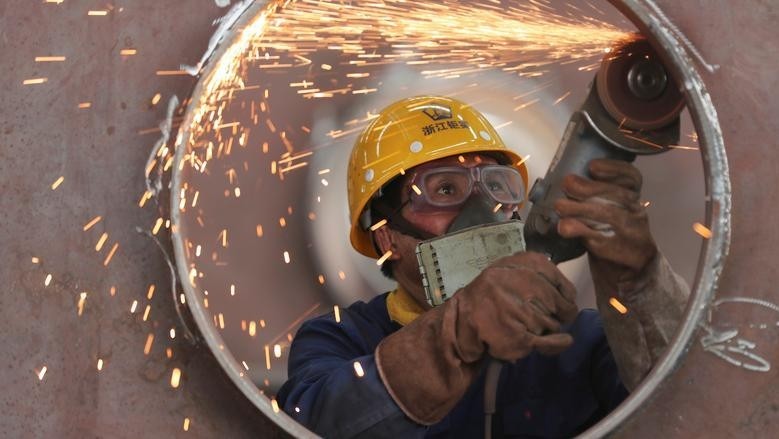In his latest assessment of the global economic outlook, OECD Chief Economist Laurence Boone said for the first time since the pandemic began, there is now hope for a brighter future, progress with vaccines and treatment have lifted expectations and uncertainty has receded.
However, the OECD has cautioned that the recovery will be uneven across countries. Where vaccine are deployed in countries with effective test, track and isolate systems, economic performance will be relatively improved. Output in many other countries is projected to remain around 5% below pre-crisis expectations in 2022. So far, the global recovery has been supported by trillions of dollars pumped in by governments and central banks. The OECD has stressed that the money taps must be kept open, despite breakthroughs on the vaccine front.
The recovery has been seen to be stronger and faster, because more and more activities have resumed. In Asia, manufacturing activities continued to recover steadily in November, with positive signs recorded in the Chinese economy. Manufacturing activities in China have accelerated the fastest in ten years, showing that the world's second-largest economy is slowly returning to pre-pandemic growth. Stable recovery of global demand also helped manufacturing activities in Japan move close to a stable level, while manufacturing in the Republic of Korea has also reached its fastest pace in nearly ten years.
The world's number one economy has also witnessed a recovery, though still fragile. The US Federal Reserve (FED) affirmed that measures to support short-term funding of markets are helping increase the flow of credit in the US economy. Progress in the labour market and positive information on the development of vaccines against COVID-19 have helped create more impetus for economic recovery. The US Secretary of the Treasury assessed that the package of measures under the Coronavirus Aid, Relief, and Economic Security (CARES) Act worth US$2.2 trillion has helped promote labour recruitment and reduce the unemployment rate to 6.9%.
Meanwhile, emerging economies are also showing signs of recovery. After receiving positive information of a COVID-19 vaccine, foreign investors "poured" a record amount of money, up to US$76.5 billion, into projects in emerging markets in November.
Positive factors are helping promote the global economic recovery, but growth is likely to be uneven and the world economy is still facing many challenges. In the US, the closure of many businesses continues to undermine previous achievements, causing great harm to US workers and enterprises. Only 50% of the more than 20 million jobs lost due to the pandemic have been restored.
In Europe, the second wave of the pandemic and lockdown measures have posed great risks to the Eurozone, making it difficult for the Continent's economy to recover in the near future. The International Monetary Fund (IMF) warned that the bleak short-term outlook means that Eurozone economies need more support, from both fiscal and monetary policies. The EU's EUR750 billion recovery fund is expected to provide important momentum for growth, but has still been delayed due to disagreements among member countries.
The positive news relating to COVID-19 vaccine research and production as well as the gradual resumption of production activities are raising hope that the end of the crisis is near. However, in the context that many regions are facing risks during their recovery process, experts are still cautious in their assessment about the prospects of the global economy.
















